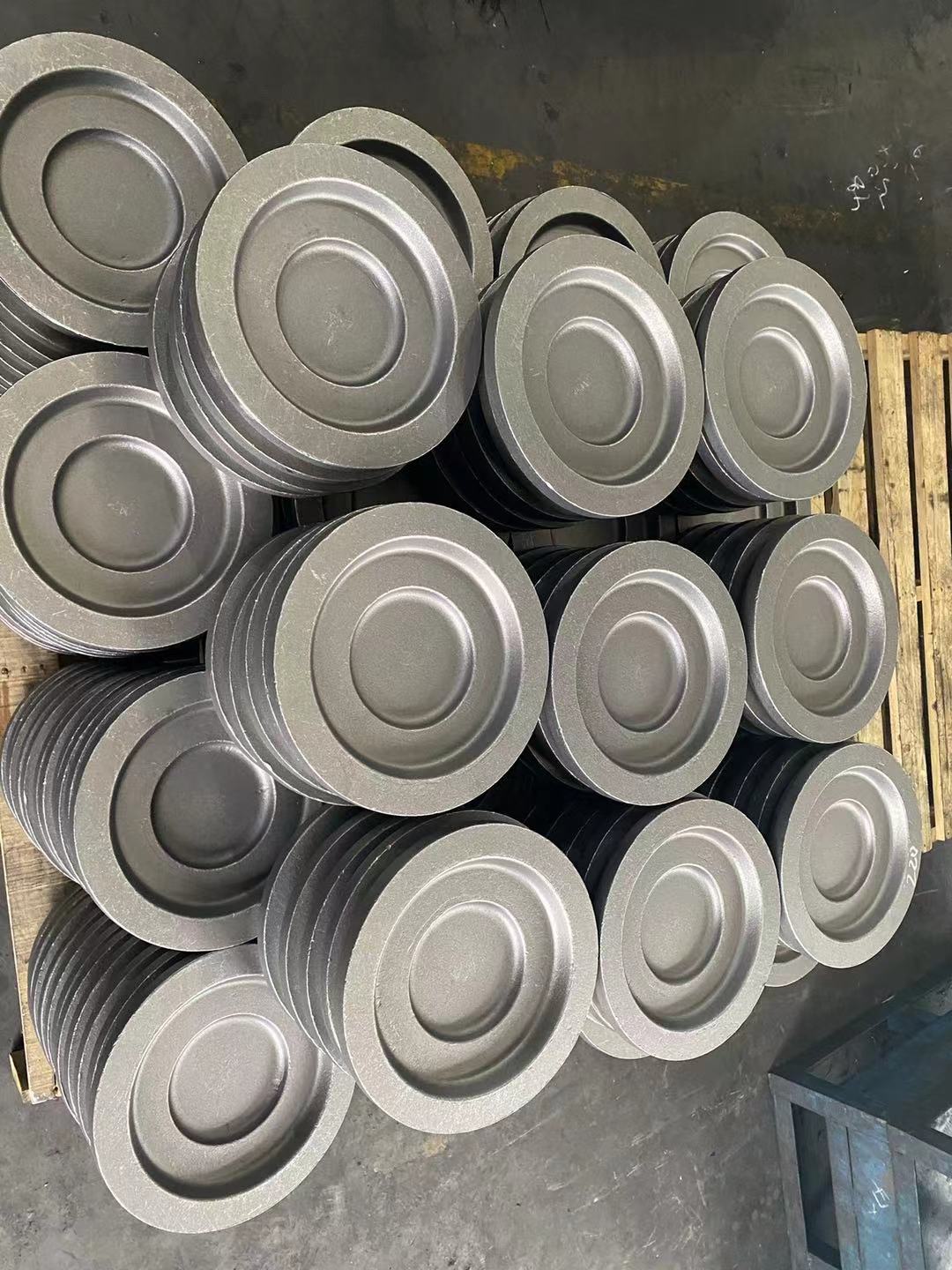Discussion on the matching scheme of forging parts automatic production line
2022-09-26
The precision of the press itself determines the quality of the product. The high pressure function can produce good products. On the contrary, the pass rate of the product produced by the press with poor precision is very low.
1) Press parallelism refers to the accuracy of parallelism between slider and worktable. If this accuracy is poor, the size and accuracy of parts will be poor during forging.
2) If the flatness error of the bottom surface of the workbench or slider is large, such as concave, it will lead to poor flatness of the parts, and serious will cause mold damage or deformation.
3) In addition, the vertical accuracy between the slider middle line and the working table also has a great impact. When the middle line is skewed, the upper punch and the lower die are skewed in the middle, and the shape accuracy is poor when the long shape parts are squeezed and perfected.
If the precision of forging process and forging equipment is well controlled, the precision of the manufactured parts is not less than that of the machine tool. The general classification of the perfect precision of cold and warm forging is as follows:
1) The dimensional accuracy of forging die directly affects the precision of products.
Generally, the size deviation range between the parts and the used mold is evaluated first, and then the accuracy of the mold is corrected. The correction accuracy of the mold usually fluctuates about 0.03mm.
2) The dynamic accuracy of press forging state also affects the accuracy of parts.
The accuracy of the bottom surface of the press slider is usually called the stability of the bottom dead point. Due to the existence of elastic deformation, the accuracy sometimes varies greatly, which directly affects the dimensional accuracy of the bottom thickness and convex edge thickness of the stamping parts.
3) The closing precision of forging die also affects the precision of forging parts.
The upper and lower dies of the die are usually designed with a guide mechanism, such as a guide post guide sleeve structure, to maintain die closing accuracy. If the guide mechanism is not strong enough, the accuracy is very poor, will make the die when the die is closed deflection, resulting in forging parts deflection, middle misalignment, bending and other phenomena.
On the whole, the size and shape accuracy of forging parts are affected by: blank material component defects, shape error, hardness of the whole is different, heat treatment process; Static accuracy and dynamic accuracy of press; Forging die head wear, convex and concave die closing, middle repair accuracy; The precision OF forging press is influenced by the way of lubrication and the external conditions of forming. Only by optimizing and improving the precision of press can the precision of forging parts be increased and the forming stability of forging parts be achieved.

1) Press parallelism refers to the accuracy of parallelism between slider and worktable. If this accuracy is poor, the size and accuracy of parts will be poor during forging.
2) If the flatness error of the bottom surface of the workbench or slider is large, such as concave, it will lead to poor flatness of the parts, and serious will cause mold damage or deformation.
3) In addition, the vertical accuracy between the slider middle line and the working table also has a great impact. When the middle line is skewed, the upper punch and the lower die are skewed in the middle, and the shape accuracy is poor when the long shape parts are squeezed and perfected.
If the precision of forging process and forging equipment is well controlled, the precision of the manufactured parts is not less than that of the machine tool. The general classification of the perfect precision of cold and warm forging is as follows:
1) The dimensional accuracy of forging die directly affects the precision of products.
Generally, the size deviation range between the parts and the used mold is evaluated first, and then the accuracy of the mold is corrected. The correction accuracy of the mold usually fluctuates about 0.03mm.
2) The dynamic accuracy of press forging state also affects the accuracy of parts.
The accuracy of the bottom surface of the press slider is usually called the stability of the bottom dead point. Due to the existence of elastic deformation, the accuracy sometimes varies greatly, which directly affects the dimensional accuracy of the bottom thickness and convex edge thickness of the stamping parts.
3) The closing precision of forging die also affects the precision of forging parts.
The upper and lower dies of the die are usually designed with a guide mechanism, such as a guide post guide sleeve structure, to maintain die closing accuracy. If the guide mechanism is not strong enough, the accuracy is very poor, will make the die when the die is closed deflection, resulting in forging parts deflection, middle misalignment, bending and other phenomena.
On the whole, the size and shape accuracy of forging parts are affected by: blank material component defects, shape error, hardness of the whole is different, heat treatment process; Static accuracy and dynamic accuracy of press; Forging die head wear, convex and concave die closing, middle repair accuracy; The precision OF forging press is influenced by the way of lubrication and the external conditions of forming. Only by optimizing and improving the precision of press can the precision of forging parts be increased and the forming stability of forging parts be achieved.

X
We use cookies to offer you a better browsing experience, analyze site traffic and personalize content. By using this site, you agree to our use of cookies.
Privacy Policy



